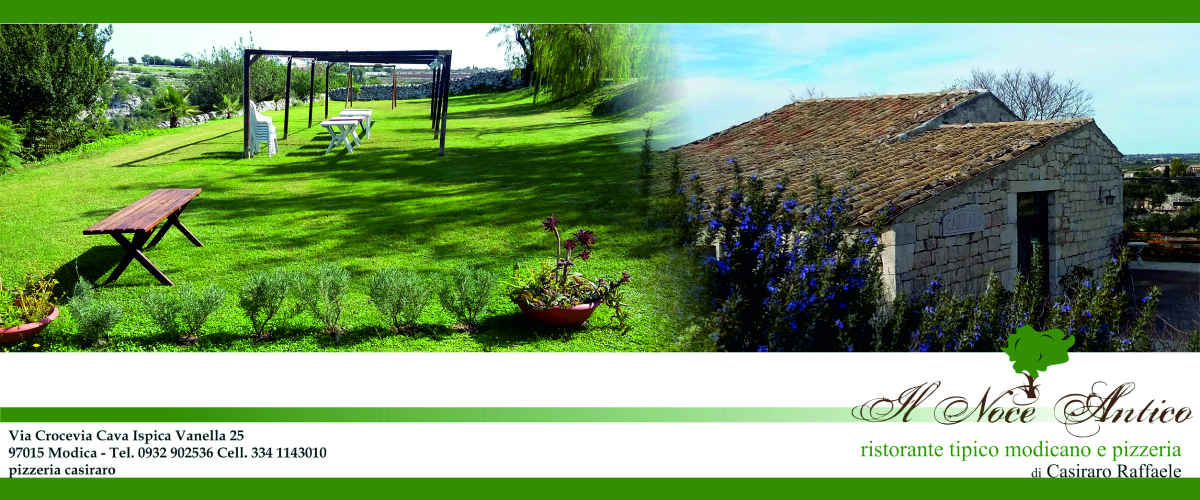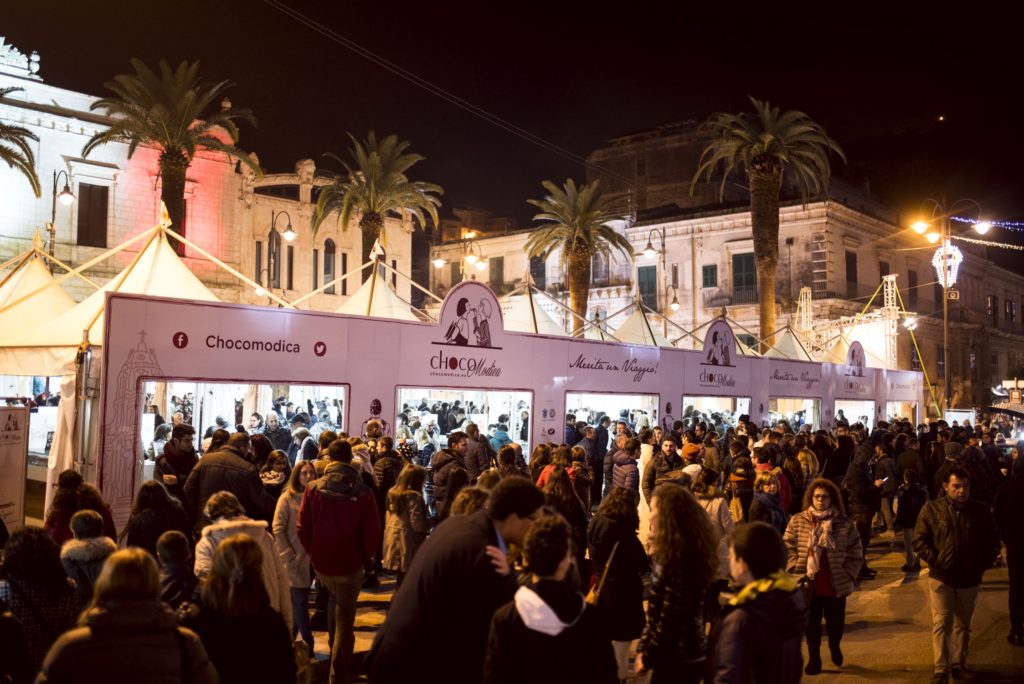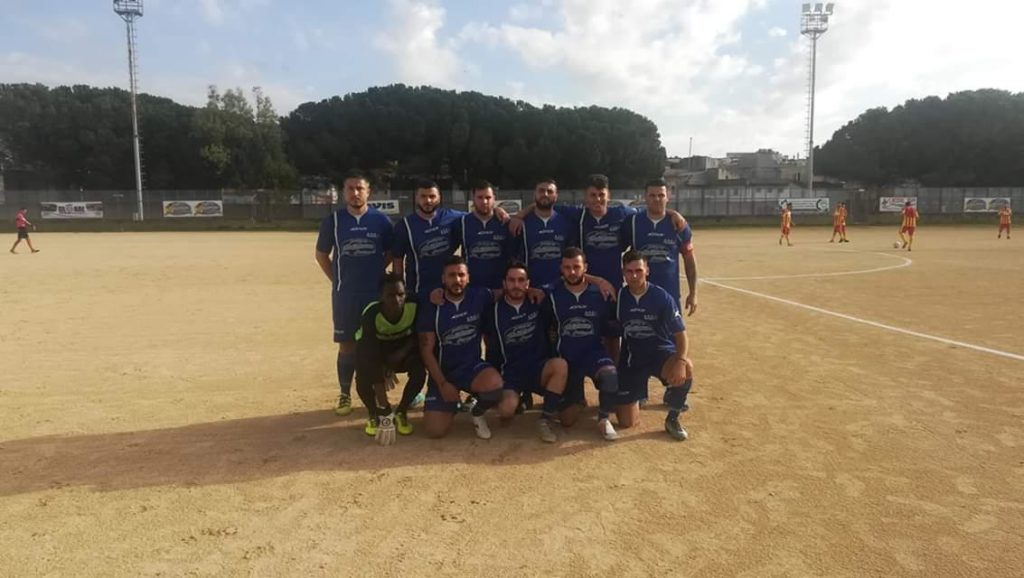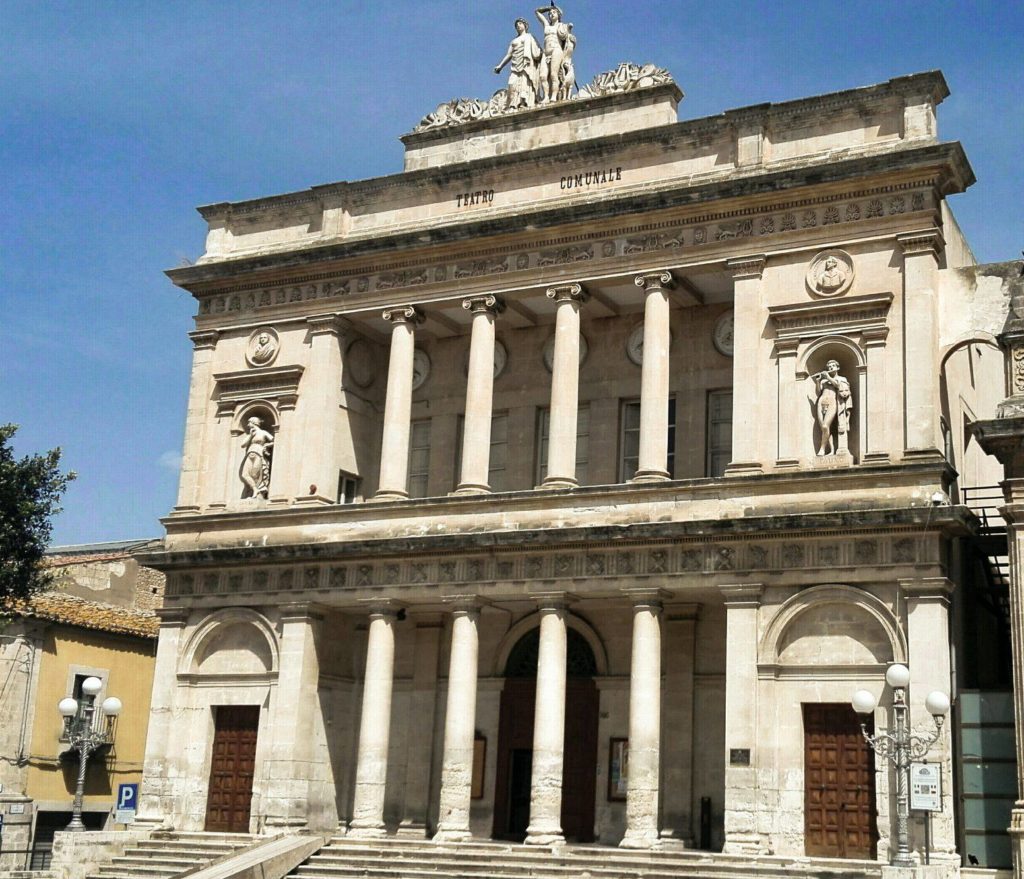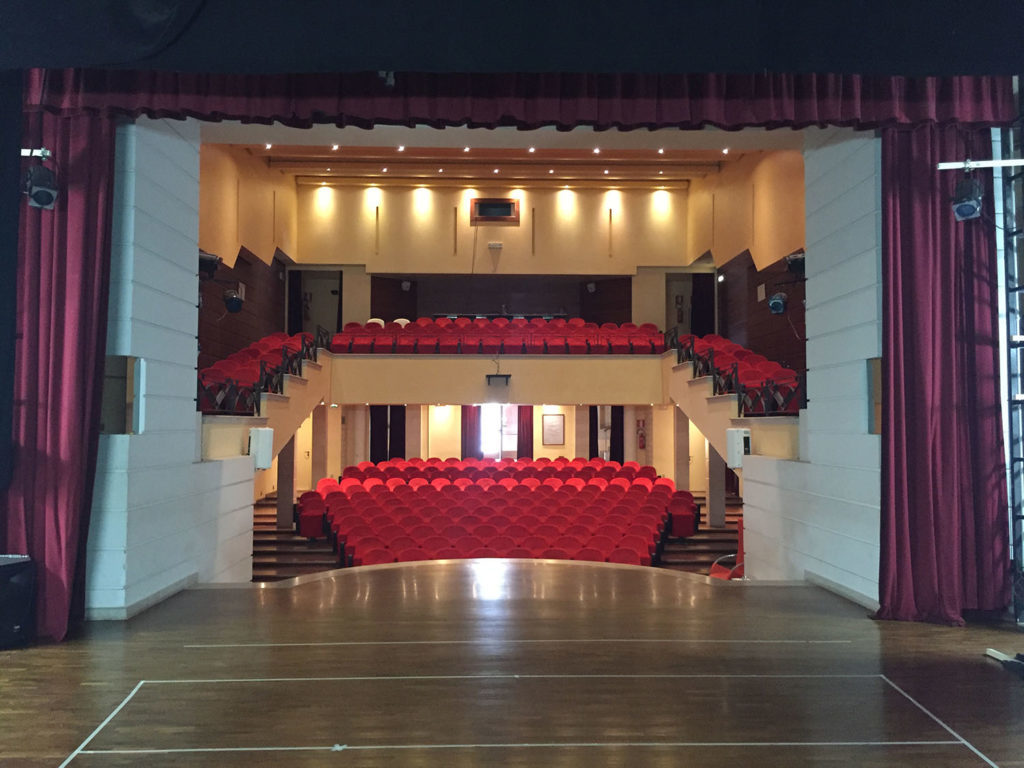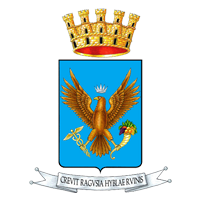
Comune di Ragusa
Territory
Located on the southern slope of the Iblei mountains, Ragusa stands on a rocky ridge consisting of the Patro and Cucinello hills.
To the east, the Irminio valley separates it from the San Cono hill; to the north it is bounded by the Cava of the San Leonardo stream and the Patro hill; to the south the torrent Fiumicello divides it from the Bollarito hill; the most recent part of the city stands on the Corrado, Pendente and Selvaggio hills, the first two insist on the Cave Gonfalone and Santa Domenica. In the past the entire territory was covered by dense Mediterranean vegetation composed mainly of oaks and laurels. The deforestation perpetrated in the centuries from the Roman age, in order to allocate the land to the cultivation of cereals and pastoralism, have contributed, in part, to the reduction of water resources. The Irminio river, once navigable, according to ancient Arab documents, is currently blocked by a dam that gave rise to an artificial lake: the Santa Rosalia lake, halfway between Ragusa and Giarratana. The Ragusan countryside is characterized by an uninterrupted network of dry-stone walls, with a considerable presence of carob trees and olive trees. The municipal territory includes about 15 km of coastline. The coast consists of large sandy stretches and outcropping rock stretches. At about twenty kilometers from the city center, is located the seaside resort of Marina di Ragusa. Called the city of bridges, due to the presence of three very picturesque and historic buildings, Ragusa was also defined by writers, artists and economists as the island in the island or the other Sicily, thanks to its history and a socio-economic context very different from the rest of the island.
- Regione Sicilia
- Area Amm. RG
- Abitanti 73.313
- Coordinate 36°55’00” N
- Coordinate 14°44’00” E
- Altitudine 502 m s.l.m
- Superficie 444,67 km²
- Densità 165 ab/km²
- CAP 97100
- Prefisso tel. 0932

